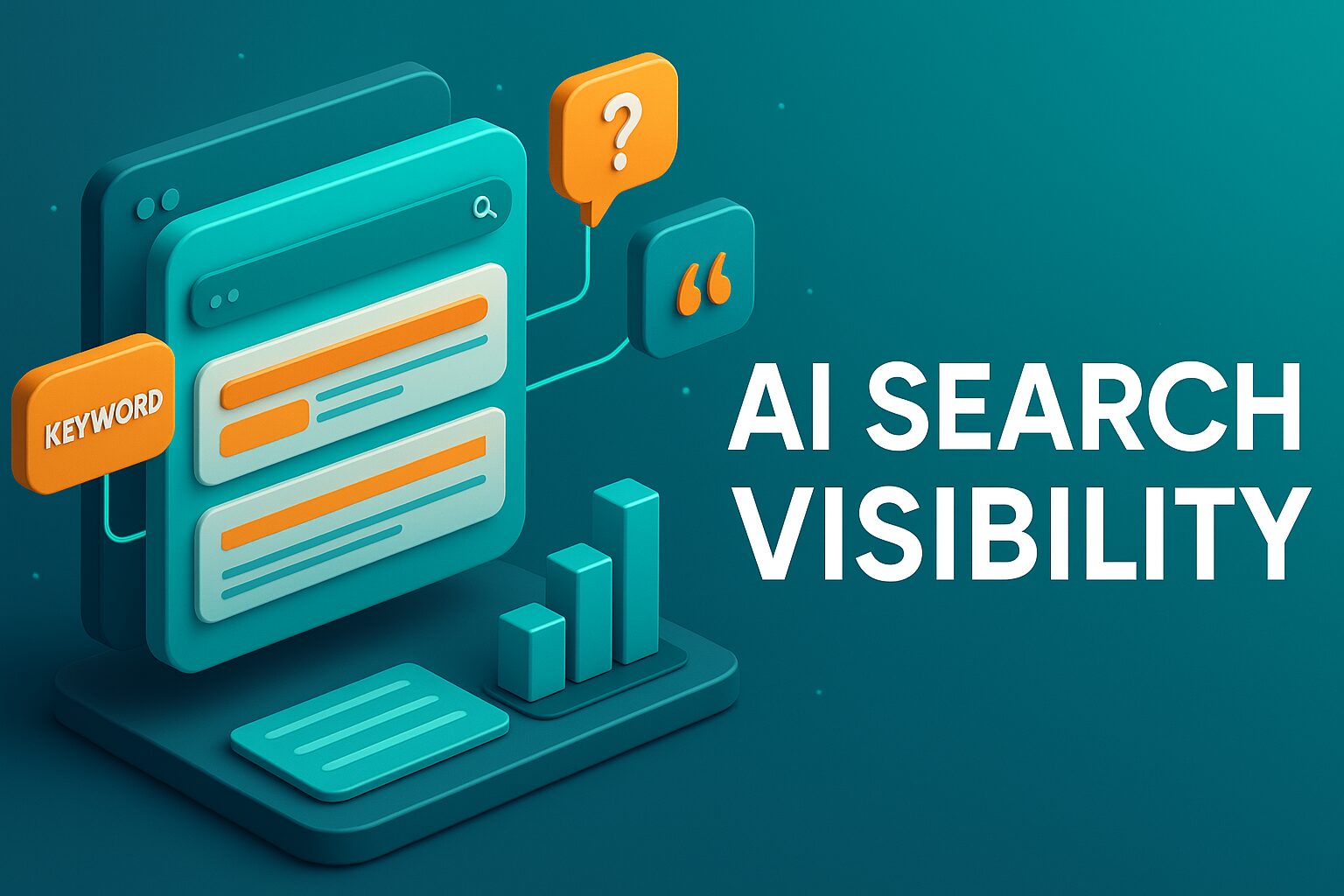Synopsis:
Ten actionable Generative Engine Optimization tips show how to win visibility in AI-powered search by targeting conversational long-tail keywords, crafting extractable micro-answers, optimizing passages and list formats, opening access for AI crawlers, and leveraging user-generated content. Designed for small businesses and marketers, the guide highlights practical ways to boost AI search visibility and secure citations in AI Overviews.
Generative Engine Optimization (GEO) is fast becoming the next big shift in SEO. With Google, Bing, and other search engines introducing AI Overviews and conversational results, traditional SEO tactics aren’t enough. Ranking now means being the source AI trusts and cites when generating answers. That requires content written in ways that machines can easily parse, summarize, and surface.
Below are 10 detailed, action-oriented GEO tips to help your website stay visible in the age of AI-driven search engines.
1. Focus on Natural Language and Long-Tail Keywords
AI search engines work by understanding natural language queries rather than just matching keywords. That means the days of optimizing for “plumber San Diego” alone are gone. Instead, think about how real users ask questions in conversational form:
- “Who is the best plumber in San Diego for emergency repairs?”
- “How much does a plumber charge to fix a leaking pipe?”
Create content that mirrors these conversational patterns. Build topic clusters that cover multiple angles of a single problem (pricing, availability, services, reviews). These clusters tell AI models your content is contextually complete, making it more likely to be pulled into AI Overviews.
2. Write One-Idea Paragraphs with Extractable Quotes
Generative AI models love content that is concise and extractable. If your paragraphs try to cover too many ideas at once, your chances of being cited drop. Instead, write paragraphs that stick to one clear idea or fact.
For example:
- Weak: “Our plumbing service is affordable, quick, and highly trusted, as seen in customer reviews.”
- Strong: “Our plumbing service responds in under 30 minutes for emergency calls.”
The second example is crisp and ready-made for AI extraction. Add supporting statistics (e.g., “Businesses with fast response times generate 3x more repeat customers”) to increase your authority and citation potential.
3. Get Featured in High-Ranking List Post
AI Overviews often pull answers from “Best X” list articles. For instance, if someone searches “best SEO tools for small business,” AI might pull a list from HubSpot, Neil Patel, or a niche authority. If your brand is included in that list, you have a chance of being cited in the AI summary.
If you can’t get featured, publish your own list-based content. But don’t stop at just “Top 10.” Enhance it with proof points, like user reviews, statistics, or side-by-side comparisons. AI looks for authoritative, structured lists that are frequently updated.
4. Optimize Passage-Level “Fraggles”
Search engines are moving toward passage-based indexing. AI doesn’t just pull your headline; it extracts small passages — sometimes called fraggles (fragments + handles).
That means every paragraph should be treated as a potential “mini-answer.” For example, under an H2 like “How to fix a leaking pipe,” include a direct, 2–3 sentence step-by-step snippet. This makes your page more likely to be cited in AI Overviews.
5. Mirror AI Overview Formats On-Page
Look at how AI Overviews structure their answers: bullet points, numbered steps, pros/cons, and comparison tables. If your page already contains content in this format, AI is more likely to pull from it directly.
For example, if you’re writing about “benefits of solar panels,” structure your content as:
- Pros: lower bills, renewable energy, long lifespan
- Cons: upfront costs, weather dependency
This mirrors the AI format, making your page plug-and-play for machine extraction.
6. Ship 160-Character Micro-Answers Under Each H2
Think of micro-answers as ready-made AI citations. Place a 160-character summary right under each H2 heading.
For example, under “How to unclog a sink,” you might add:
“Unclog a sink by removing visible debris, using boiling water, and applying a plunger or drain snake.”
Then expand into a full detailed answer below. This way, AI can lift the short version, but users still get depth when they click through.
7. Open Doors for AI Crawlers and Prefer Raw HTML
Generative engines rely on AI crawlers like CCBot (from Common Crawl). If you block them in your robots.txt, you’re invisible to many LLMs powering AI Overviews.
Also, avoid hiding content in heavy JavaScript frameworks. AI models prefer raw HTML text because it’s easier to parse. Structured data like FAQ schema and HowTo markup improves your odds of citation.
8. Target Long, Conversational Queries Explicitly
AI search is query-driven. That means your headings should mirror the exact questions users ask. Instead of “SEO Tips,” use “What are the best SEO tips for small businesses in 2025?”
Not only does this increase your relevance to AI Overviews, but it also lets you rank for voice search queries. Adding modifiers like “in [location]” or “for [industry]” helps capture local and niche intent.
9. Earn Citations Where AI Looks: UGC and Video
AI doesn’t just look at websites. It scans user-generated content (UGC) like Reddit, Quora, and even YouTube transcripts.
That means you should actively participate in these platforms, posting detailed, authoritative answers and videos. Include data points and visuals, because AI loves citing content with proof.
10. Measure AIO Impact and Prioritize “Answerable” Topics
Tracking GEO means looking beyond rankings. Monitor which of your pages show up in AI Overviews, and track traffic shifts from “direct” or “branded search” to confirm influence.
Not all topics are equally “answerable.” Focus on topics where a short, factual response is possible — AI favors these. Over time, measure which pages get cited most often and double down.
Final Takeaway
Generative Engine Optimization is not about replacing SEO but about adapting it. By writing extractable passages, targeting conversational queries, optimizing formats, and opening doors for AI crawlers, your content becomes a preferred source for AI Overviews.
Small changes today can compound into big visibility wins tomorrow — putting your brand in front of the right audience, even in a world where clicks are harder to earn.





